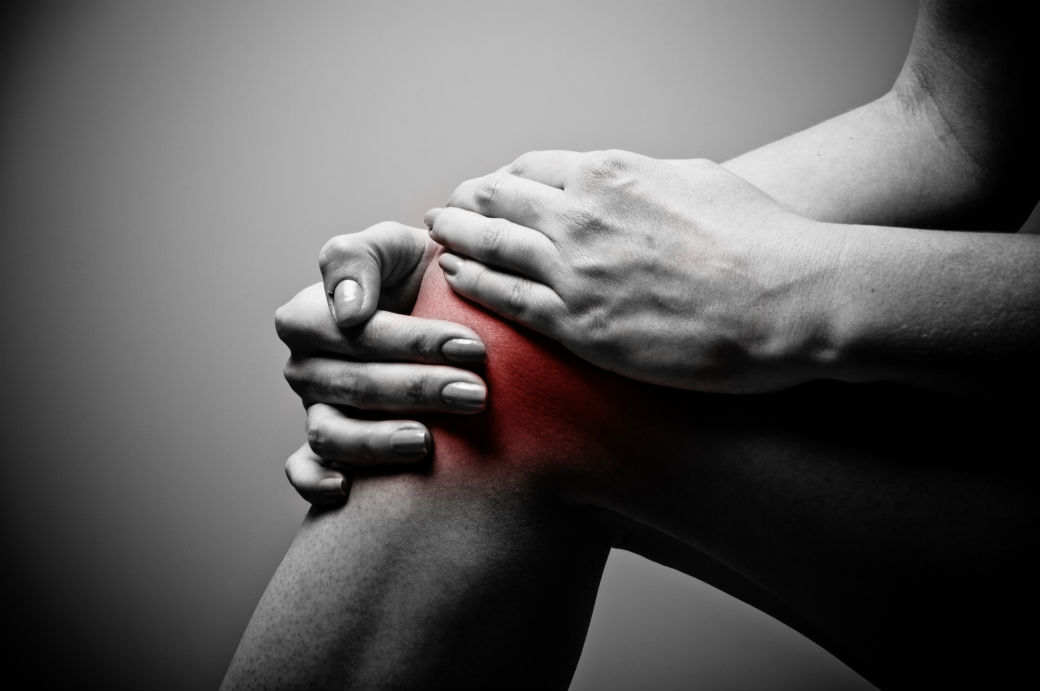Denver Complex Regional Pain Syndrome Attorneys
Table of Contents
ToggleAfter being hurt in a car, truck, motorcycle, or pedestrian collision, you may experience myriad injuries, even ones you may never have heard of before. Some injuries are minor, like bruises and superficial cuts. However, you may experience traumatic and serious injuries, including complex bone fractures, deep lacerations, soft tissue injuries, crush injuries, amputation, and more. In rare circumstances, instead of recovering from the injury to the greatest extent possible, you may suffer chronic pain for an extended period of time. This could be Type I or Type II Complex Regional Pain Syndrome (CRPS), which physicians believe arises due to damaged or malfunctioning nerve systems.
If you suffered serious injuries in a car crash, do not hesitate to talk with a personal injury lawyer about your legal rights and options. At Donaldson Law, LLC, we are here to listen to your story and investigate fault and liability. When another person or business is liable for your injuries, we can represent you in an insurance claim or lawsuit in pursuit of appropriate compensation.
What is Complex Regional Pain Syndrome (CRPS)?
Complex Regional Pain Syndrome is a type of chronic pain, which typically affects your arm, hand, leg, or foot. Chronic pain means you experience persistent and significant pain for at least six months. You may describe the pain as numbness, a burning sensation, pins and needles, pressure, or as if someone is squeezing your limb or extremity.
According to the National Institute of Neurological Disorders and Stroke, the condition also is associated with numerous other symptoms, including
- Swelling and stiffness in joints;
- Decreased mobility in the affected limb;
- Heightened skin sensitivity;
- Changes in skin color—it may be pale, red, purple, or blotchy;
- Changes in skim temperature—it may be cooler or warmer than the opposite limb;
- Changes in skin texture—it may be shiny, thin, or overly sweaty; and
- Changes in nail and hair growth.
CRPS is an uncommon injury. Physicians still don’t know everything about it. The condition can develop after a stroke, heart attack, surgery, or an injury to a limb. Physicians believe it is the result of damage to your central and peripheral nervous systems, or a malfunction of those systems. Your central nervous system encompasses your brain and spinal cord. Your peripheral nervous system involves the signaling of nerves throughout the rest of your body to and from your spinal cord and brain. Ultimately, CRPS can impact your nerves, muscles, blood vessels, bones, and skin. We wrote a blog post about understanding CRPS that you can reference as well.
Types of Complex Regional Pain Syndrome
Physicians divide Complex Regional Pain Syndrome into two types, though the treatment options for each are similar.
You may have CRPS-I, which was previously called Reflex Sympathetic Dystrophy Syndrome (RSD). In Type I CRPS, there is no underlying nerve damage. You may have suffered a serious injury to one of your limbs or extremities, but you have not been diagnosed with specific nerve injuries
In Type II CRPS there is underlying nerve damage in the area in which you are suffering from the painful condition. Type II is often associated with high-velocity impact injuries, such as bullet wounds. This condition was previously called causalgia.
Diagnosing CRPS
If you were injured more than six months ago and are still experiencing discomfort or severe pain, then it is essential you speak with your physician. There is no one specific diagnostic test for this disorder. A doctor can diagnose CRPS based on your medical history and a physical exam. Your doctor may conduct X-rays, MRIs, bone scans, and sympathetic nervous system tests. Tests of your nervous system may look at the temperature of your affected and unaffected limbs, blood flow, and sweat production.
Your physician also may run diagnostic tests to rule out other conditions, such as Lyme disease, arthritis, or a blood clot.
Treating CRPS
There is no cure for CRPS. Instead, treating CRPS focuses on reducing your pain and other negative symptoms and improving your use of the limb or extremity. In some cases, CRPS may go into remission, but it can also be a life-long condition. CRPS is very unpredictable, and it is difficult to predict future symptoms and treatment.
There are a number of potential treatments for CRPS. Your physician may combine medications, physical rehabilitation, and psychotherapy. Many people with CRPS also develop depression, anxiety, and post-traumatic stress disorder (PTSD).
Common medications and physical treatments include:
- Over-the-counter pain relievers or opioids (only when OTC pain relievers are not appropriate)
- Antidepressants and anticonvulsants used to treat pain associated with nerve damage
- Intravenous ketamine for pain relief
- Corticosteroids to reduce inflammation
- Bisphosphonates, bone-loss medications, to prevent or mitigate bone loss
- Sympathetic nerve-blocking medication, to block pain fibers in damaged or malfunctioning nerves
- Botulinum toxin injections
- Intrathecal drug pumps, which place pain relief medication into the spinal cord fluid
- Heat therapy
- Topical analgesics
- Physical therapy
- Mirror therapy when the opposite limb from the one injured is affected
- Transcutaneous electric nerve stimulation (TENS)
- Biofeedback
- Spinal cord simulation
Struggles in Treating CRPS Can Be Costly
The best treatment for your CRPS condition depends on your specific circumstances. Not all individuals who suffer from CRPS respond to the same medications or treatments. You will need to work with your physician, or possibly a specialist who is experienced in CRPS, to find a treatment that reduces your pain and improves your mobility.
Because CRPS is still a bit of a mystery and because there are significant variabilities in treatment, finding the right medications and treatments for you can take months or even years of trial and error. This can cost a great deal. Even if you have health insurance that covers all or most of your diagnostic tests and treatments, you may still face thousands of dollars in medical bills.
You should speak to a personal injury lawyer about your medical expenses associated with CRPS and how to recover compensation. Without an attorney’s support, you are less likely to understand the full value of your claim and more likely to be pressured into accepting a low settlement offer from an insurer.
You May Not Recover From Complex Regional Pain Syndrome
Some individuals’ CRPS symptoms improve or go into remission with proper and consistent treatment. Many physicians believe early detection and intervention are integral to obtaining the best possible results. However, this condition can also lead to life-long pain, discomfort, and disability. There is no specific cure for Complex Regional Pain Syndrome. It is something you may be forced to cope with for the rest of your life.
By working with an experienced Colorado personal injury lawyer, you have someone who will consider the life-long impact of CRPS and how this affects the value of your claim.
Contact a Denver Personal Injury Lawyer Today
If you were injured in a car crash and have recently been diagnosed with CRPS, you should contact Donaldson Law, LLC. When suffering from such a serious and long-term injury, you need a highly experienced Denver accident attorney to fight for your right to compensation.


















